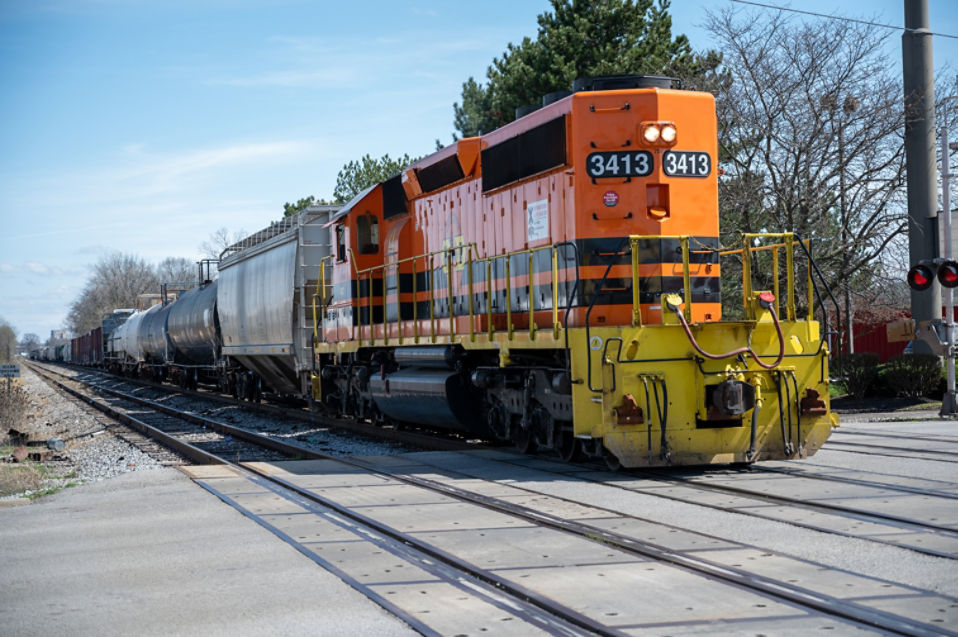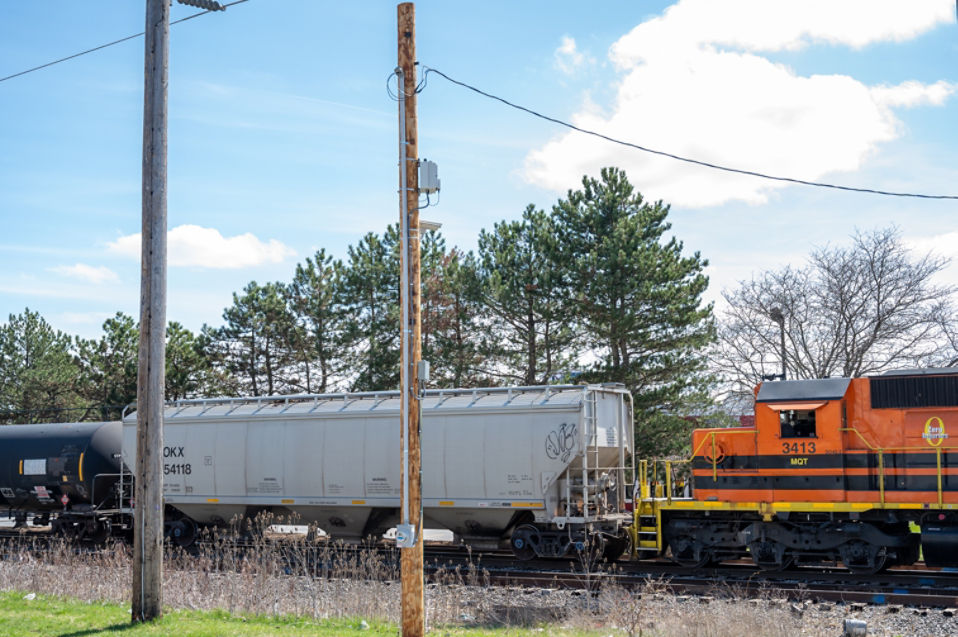


THE CHALLENGE
The City of Lima, Ohio, is faced with a multi-faceted traffic challenge. Multiple railroad tracks cut the city in quadrants, dividing the city in half on the north and south, and then again east and west. Furthermore, the City of Lima, which is approximately 13.5 sq. miles, has over 80 at grade railroad crossings where the trains and vehicles meet, requiring vehicular traffic to wait for the crossing train. Adding to the complexity, the freight rail companies do not publish train schedules for safety, security and competitive reasons. This results in unplanned gridlock, for unknown durations directly impacting vehicular traffic, citizens, visitors, local businesses and first responders several times throughout the day. In essence, the community is not able to get where they want to go quickly and safely. They do not know when the trains are coming, how long the wait will be or if they should find an alternate route.
For citizens, the delays can add time to an otherwise short commute. To businesses, the delays can stall the delivery of critical goods and services and prevent the free flow traffic of shoppers. However, the impacts of losing just a few precious minutes to a first responder can be even more critical.
The train industry is a vital transportation, delivery and economic system for Lima, Ohio as well as the entire country. As part of evaluating a solution to address the traffic issue, it is important to appreciate the various sensitivities involved with the railroad industry. Our goal was to find a balance between security requirements, the importance of the train industry and the impacted community.

THE SOLUTION
The City strives for a solution that is more sustainable. The freight railroad system is a significant part of the economy, responsible for getting goods to both coasts as efficiently as possible. In partnership with US Ignite, DriveOhio and the City of Lima, Spectrum Enterprise accepted the challenge to research, develop and implement a proof of concept to help mitigate the traffic issues. The main objectives for the project are to:
- Capture data about train operations
- Develop predictive analytics regarding impacts on selected crossings
- Provide train metrics and predictive analytics into a visualization platform
A successful outcome determines the feasibility of sharing the collective data with the city to provide insights on planning and communication with those using the roads within the city.

